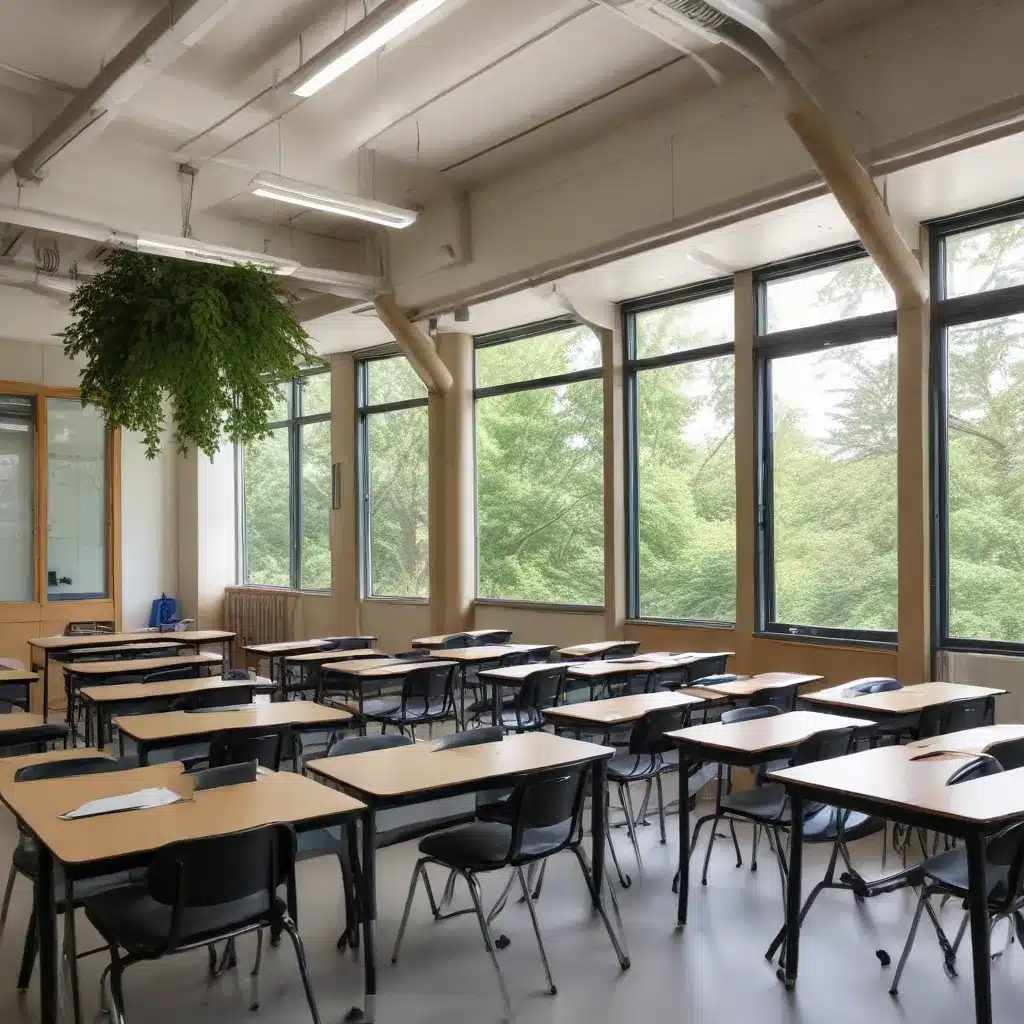
Understanding the Asthma Epidemic
An epidemic of asthma is sweeping across the United States, affecting children in Stanley Park and communities nationwide. Asthma is a chronic inflammatory lung disease characterized by episodes of breathlessness, wheezing, coughing, and chest tightness. Over the past 15 years, the number of children with asthma has more than doubled, with the fastest increases occurring in young children under 5 years old.
In Stanley Park High School, we know that asthma is a serious concern for many of our students and their families. Approximately 1 in 13 school-aged children in our community have been diagnosed with this condition. Asthma attacks can range from mild to life-threatening, causing missed school days, disrupted sleep, and limitations on physical activity. Tragically, asthma also claims young lives, with the mortality rate rising sharply in recent decades.
The asthma epidemic does not affect all children equally. Some groups, particularly racial and ethnic minorities and those living in poverty, experience disproportionately high rates of asthma-related hospitalizations, emergency room visits, and deaths. For example, African American children in the U.S. are over 4 times more likely than white children to seek care for asthma at an emergency room.
Identifying Environmental Triggers
What is driving this alarming increase in childhood asthma? While the exact causes are still being researched, we know that environmental factors play a major role in triggering asthma symptoms and potentially contributing to the development of the disease.
Exposure to indoor allergens, such as dust mites, cockroaches, mold, and pet dander, is a significant risk factor for asthma. Children today spend more time indoors than ever before, greatly increasing their contact with these asthma triggers. Outdoor air pollutants like ozone, particulate matter, and sulfur dioxide can also exacerbate asthma symptoms, especially for children.
Another major culprit is environmental tobacco smoke. Secondhand smoke exposure is linked to more severe asthma symptoms, increased medication use, and reduced lung function in children. Tragically, nearly 30% of U.S. households still allow children to be regularly exposed to secondhand smoke.
Improving Indoor Air Quality
The good news is that many of the environmental factors contributing to the asthma epidemic can be addressed through practical, cost-effective interventions. By improving the quality of the air in schools, homes, and other spaces where children spend time, we can help students with asthma breathe easier and reduce the burden of this disease.
At Stanley Park High School, we have made significant strides in enhancing indoor air quality to support the health and wellbeing of our students. Some of the key steps we have taken include:
Reducing Exposure to Indoor Allergens
- Implementing a comprehensive pest management program to eliminate cockroaches and other pests that can trigger asthma
- Regularly cleaning and maintaining ventilation systems to control dust, mold, and other airborne allergens
- Adopting a strict policy prohibiting pets in classrooms to prevent exposure to animal dander
Addressing Secondhand Smoke
- Designating our entire school campus as smoke-free, with no exceptions
- Educating families on the dangers of secondhand smoke exposure and encouraging them to create smoke-free home environments
Improving Outdoor Air Quality
- Monitoring local air quality data and adjusting outdoor activities based on pollutant levels
- Advocating for stronger air quality regulations and enforcement in our community to reduce emissions from vehicles, industry, and other sources
Empowering Students and Families
- Providing comprehensive asthma education for students, teaching them to recognize symptoms and triggers
- Equipping families with resources and strategies to manage asthma at home, including proper use of medications and environmental control measures
- Ensuring all students with asthma have updated action plans and access to their prescribed inhalers at school
Partnering for Change
Improving indoor air quality and reducing environmental triggers for asthma requires collaboration across our entire school community. We are proud to work closely with local public health agencies, environmental organizations, and medical professionals to implement best practices and stay up-to-date on the latest research.
For example, our school nurse regularly attends training sessions hosted by the Stanley Park Asthma Coalition to learn about new strategies for supporting students with asthma. The coalition also provides our school with educational materials and runs awareness campaigns to reach families throughout the community.
We also partner with the Environmental Protection Agency’s Healthy Schools Program to assess and improve the indoor air quality in our classrooms. By following the EPA’s evidence-based guidelines, we have been able to implement cost-effective solutions that make a real difference for our students.
Looking Ahead
While the asthma epidemic continues to be a significant challenge, we are committed to doing everything in our power to protect the health and wellbeing of our students at Stanley Park High School. By maintaining a safe, allergen-free indoor environment and empowering our community to manage asthma effectively, we can help students breathe easy and reach their full potential.
We encourage all families to be vigilant about identifying and reducing environmental triggers for asthma, both at school and at home. Visit the school’s website to access our comprehensive asthma resources, including tips for creating a healthy home environment and guidance on working with your child’s healthcare provider.
Together, we can make a real difference in the lives of students with asthma and ensure that every child in our community has the opportunity to learn, play, and thrive without fear of debilitating respiratory symptoms. By prioritizing indoor air quality improvements, we are taking an important step toward a healthier future for all.

